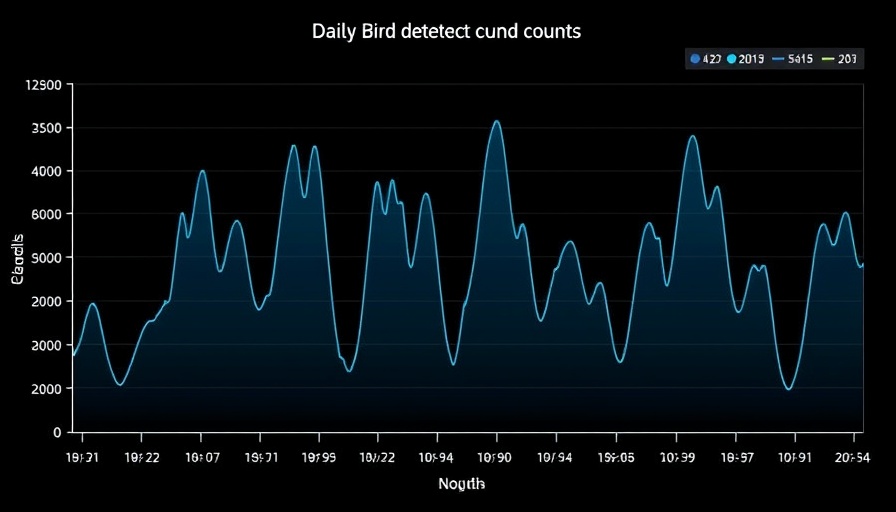
Unlocking Nature's Symphony: Using BirdNET-PI to Understand Local Avifauna
Long gone are the days when birdwatching meant merely observing our feathered friends through binoculars. With technological advancements in the form of AI-powered applications, bird enthusiasts are now equipped to gather detailed data about their avian neighbors with unprecedented precision. In this article, we dive into the journey of using BirdNET-PI and SAS to unveil the rich tapestry of bird songs that surround us.
BirdNET-PI: A Gateway to Continuous Monitoring
Raspberry Pi-based systems like BirdNET-PI serve as innovative tools for wildlife enthusiasts, allowing for real-time detection and identification of birdsongs. When I set up my BirdNET-PI in my Raleigh backyard, I was amazed at how this 24/7 listening service not only detected but also cataloged over 140,000 bird songs in just six months. This newfound technology expands the listening window beyond that of traditional apps like Merlin, turning everyday observations into a groundbreaking research opportunity.
Integrating AI Learning for Enhanced Insight
BirdNET-PI leverages machine learning to provide high-confidence detections, ensuring that the data captured is reliable. By configuring the device to log sounds with a confidence score of 70% or higher, I was able to create a clear database of which birds were active during specific times of day or seasons. This engagement with AI learning opens up a treasure trove of data that can be used not only for personal enjoyment but also for environmental research. The implications extend to understanding migration patterns and shifts in local biodiversity, which are critical to conservation efforts.
Visualizing Data with SAS: From Numbers to Narratives
The next step was to translate this auditory data into visual formats. Using SAS, I developed detailed reports and dashboards that allow for interactive exploration. For instance, the frequency of different species was documented against the time of year, revealing interesting patterns—some birds were solely summer guests while others made their homes year-round. Triggering curiosity among data scientists, these findings showcase the potential for big data analytics in ecology.
Exploring Species Diversity and Trends
Seasonal trends have always intrigued ornithologists, and my BirdNET-PI data provides essential insights into how species compositions change over time. For example, while hummingbirds returned in the summertime, other species such as the Carolina Wren exhibited a more consistent presence throughout the year. Understanding these patterns can inform gardening and habitat preservation strategies, making it invaluable for those invested in local ecosystems.
Confidence Ratings: Decoding Avian Identification
Perhaps the most fascinating aspect of BirdNET-PI is its confidence heatmap. The algorithm doesn't just analyze the songs but considers geographical factors to avoid false identifications—vital in regions with song overlaps. This added layer of sophistication highlights how far AI learning has come in wildlife studies, preventing misclassification and ensuring the integrity of data.
Charting a Path Forward: The Future of Bird Monitoring
With BirdNET-PI and SAS working in tandem, the future of avian studies looks promising. As technology continues to evolve, bird tracking will not only become more accurate but also more accessible to citizen scientists everywhere. Innovations like this remind us of how crucial it is to embrace technology in the natural world, encouraging more people to engage with and contribute to ecological research.
Join the Movement: Getting Started with Bird Tracking
If you’re curious about the bird songs in your own backyard—why not invest some time into tracking them? Whether through a BirdNET-PI setup or exploring other visual analytics tools, every sound has a story. Engaging with your local environment fosters a deeper appreciation for biodiversity and brings communities together around a common goal: understanding and preserving our planet.
 Add Row
Add Row  Add
Add 




Write A Comment